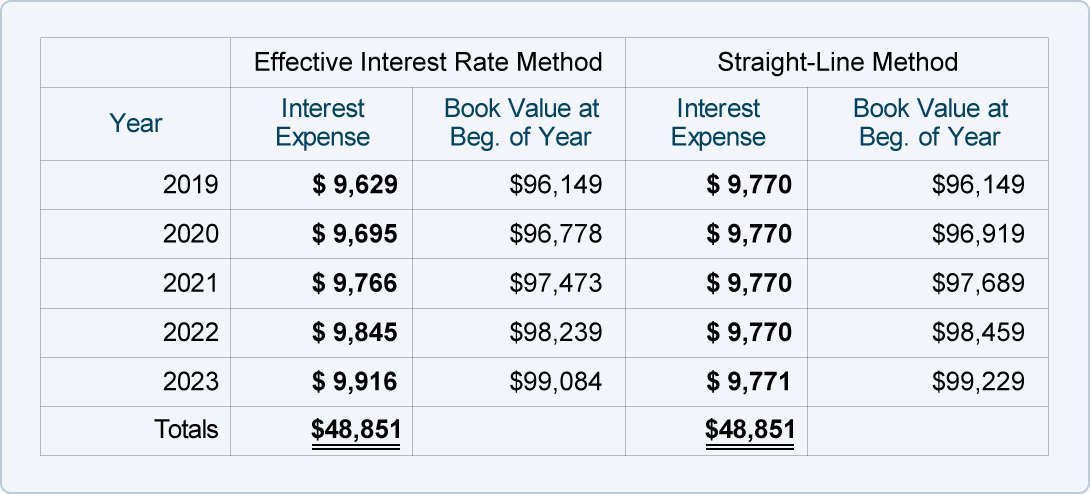QuickBooks Undeposited Funds Account Explained

When it comes time to reconcile an account, you have your bank statement in one hand and QuickBooks Online in another. Payments are received via a sports registration company (Sports Engine)—consolidated and direct deposited (minus their service fee) into the organizations bank account. Basically, you are changing the Deposit To selection from “Group with Other Undeposited Funds” to a bank account. That wipes out (zeros) the Undeposited Funds and increases your bank account balance.
What is the Undeposited Funds account?
By understanding how undeposited funds work and following the step-by-step process outlined in this guide, you can confidently manage and clear undeposited funds in your QuickBooks Online account. Review the list to confirm that the payments you selected for the bank deposit no longer appear in the undeposited funds account. This indicates that the payments have been effectively moved to the bank account and are no longer part of the undeposited funds balance. In QuickBooks Online, navigate to the “+ New” option and select “Bank Deposit” from the drop-down menu.
Payments processed with QuickBooks Payments:

However, instead of a single invoice for the AR balance, you can create a recurring monthly invoice for a smoother workflow. With this, ensure that your bank account is linked to QuickBooks for payments to be downloaded automatically. We began by explaining what undeposited funds are and why it’s essential to clear them regularly. Undeposited funds act as a temporary holding account for customer payments, providing a streamlined approach to manage cash flow and simplify your bookkeeping process. If you find any discrepancies or errors in the listed payments, such as incorrect amounts or incorrectly recorded transactions, take a moment to correct them before proceeding. This will ensure that the bank deposit accurately reflects the payments you intend to deposit.
Next Steps: Review your Undeposited Funds account
Regularly performing this task will keep your records up to date and contribute to a clear and organized financial picture of your business. After selecting the payments to include in the bank deposit, it’s crucial to review and finalize the deposit details before proceeding. This step ensures accuracy and reduces the chances of errors or discrepancies in your records. To select a payment, check the box next to it in the bank deposit form. You can choose one or multiple payments to include in the deposit. If you have organized your transactions in Step 2, this process will be more efficient, as you can easily identify and select groups of payments based on your organization criteria.
On the other hand, your bank statement will show a deposit of $125. Double-check that the deposit to account in the transaction matches the appropriate bank account where the funds were actually deposited. This will facilitate accurate reconciliation with your bank records. As you select payments, you will see the total amount accumulating at the bottom of the bank deposit form. This provides you with real-time feedback on the total funds that will be moved and recorded in the bank deposit.

However, the undeposited funds account is an alternative option that can help you keep track of your money at a higher level. Instead of directly recording these transactions as separate deposits into your bank account, you can use the Undeposited Funds account to record a lump sum deposit that will match your bank statement. This account is special because it’s a temporary account that QuickBooks uses to hold received payments from invoices before you deposit them in the bank. Imagine this account as the blue bank deposit bag businesses use to hold cash/checks/etc before they deposit them at the bank.
I recommend checking with your accountant on how to go about recording this. It happened that we had to switch from ESC acc system to Quickbooks online and FieldEdge. I understand that you’re looking to clear out or deposit https://www.business-accounting.net/should-i-expense-this-business-vs-personal-expenses/. Let me share some insights on how to clear it out and how undeposited funds work in QuickBooks Online.
You expect those funds to be deposited into your bank account the next day as one lump sum. Normally every bank type account in your chart of accounts aligns with an actual bank account you maintain at a banking Institution. This is not the case with https://www.wave-accounting.net/, an account that hides beneath many transactions you make in QuickBooks.

That is the rational for the recommended approach of having the deposit date and receive payment dates match. Note that if you record receipts using the Bank Register window, you will need to select the Undeposited Funds account yourself. Learn how to put payments into the Undeposited Funds account in QuickBooks Desktop. Your Undeposited Funds account should only contain items that are currently pending deposit.
Just remember every time you save a transaction, you are affecting accounts in your chart of accounts. This will open the Transaction Journal report and you can see exactly which accounts are being impacted by that transaction. In QuickBooks Online, look at the bottom of the transaction window and click on More, then click Transaction journal to open the same report. What you should do instead after saving your sales receipt or invoice payment is go to the Banking menu and create a deposit.
Posting each payment to the Undeposited Funds account and then recording the deposit in QuickBooks Online allows you to do this. Another way to skip the tedious process is by accepting credit cards or another online payment option such as ACH. This post will help you understand the purpose of an undeposited funds account, how to clear it, and how to avoid having payments automatically posted to this account. The QuickBooks balance is the total balance of all bank transactions that you’ve added or matched to QuickBooks. While the bank balance is your bank’s actual balance from the last bank feed update. If the Bank balance is lesser than your QuickBooks balance, there might be bank transactions that are causing the difference.
Reconciliation is done when you move undeposited funds in QuickBooks to your actual bank account. The Undeposited Funds account in QuickBooks Online is a holding account where you temporarily record customer payments before grouping and depositing them as a lump sum into your bank account. We make it a point to reconcile the balance sheet accounts every month when we are doing month-end closings.
See our overall favorites, or choose a specific type of software to find the best options for you. Many users have found this account tedious because it’s not very intuitive to untrained users.
- For example, let’s say you deposit five US $100 checks from different customers into your real-life checking account.
- Regularly performing this task will keep your financial records accurate and up to date.
- With this knowledge as a foundation, you can confidently proceed to the next steps in clearing undeposited funds.
- Fill in any missing or relevant information that will contribute to a more comprehensive record of the deposit.
On the other hand, matching the imported report via an Excel file to multiple transactions in QBDT is unavailable. I can always provide the necessary information about handling deposits in QBDT. Should you need further clarification, leave a comment below. I have done what has ben suggested here to clean up my double declining balance (ddb) depreciation method and when I check to see that it was done correctly it still showing in undeposited funds. To clear them out, you may need to use the account that was used where you deposited the bank deposit with a negative amount. «Or just make one giant deposit and drop down a line and enter your income acct. with a minus amount of the total deposit to clear them. Your net deposit would be zero.»